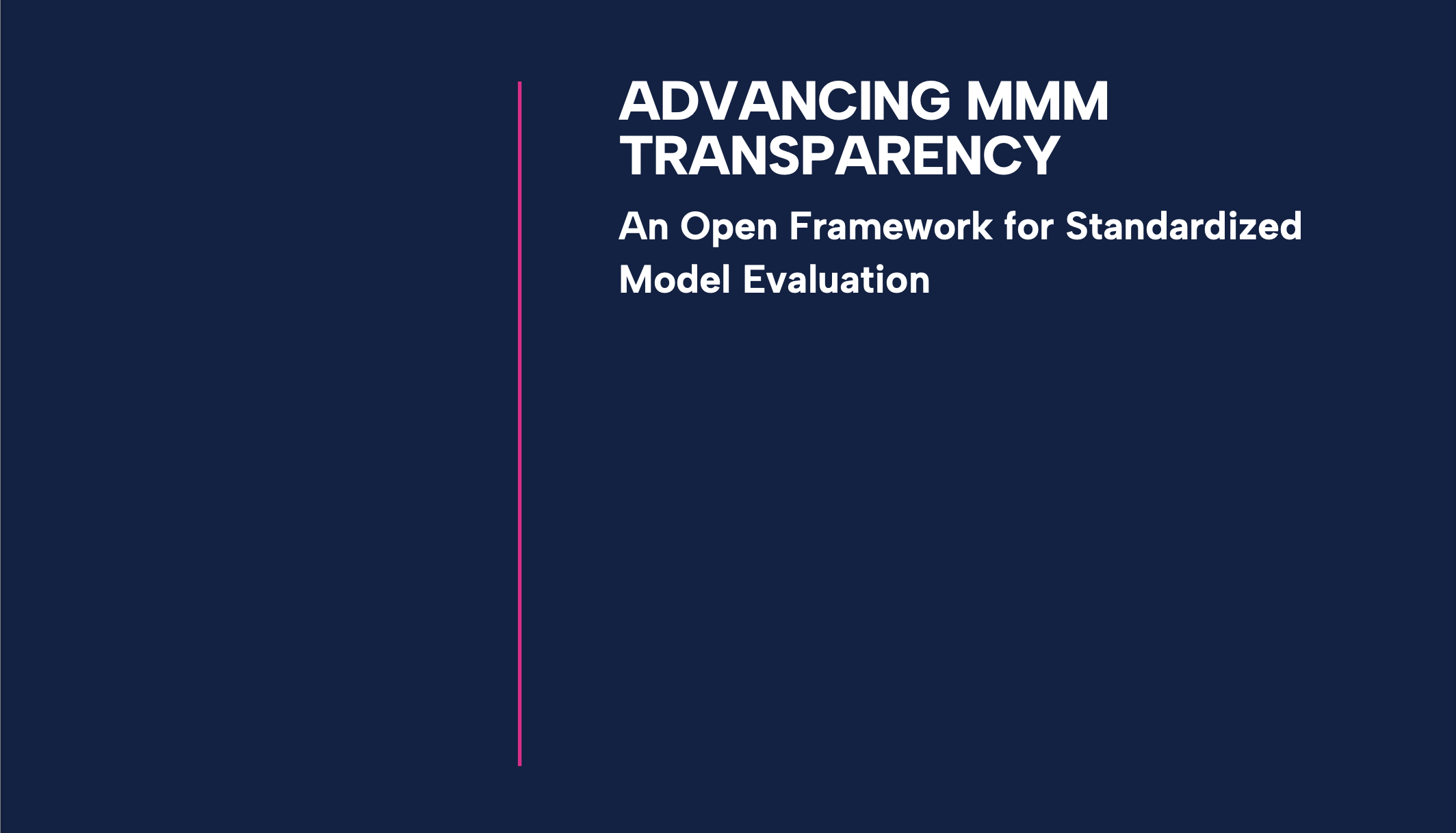The Jitters of Strike One
I opened by asking Angas what he’d tell his past self, before Bupa brought in Mutinex GrowthOS, before they had their internal MMM rhythm, about picking an MMM vendor. His answer was stark: you want a partner that’s unafraid to innovate, educates as they go, and doesn’t expect you to be a quant PhD at kick-off.
“When we were starting to look at MMM vendors, we wanted to partner with one we knew was market leading — one that was continuously advancing the tool and educating us on how to use it,” Angas said. That active investment in their own product, and their clients’ ability to get value from it, wasn’t just a nice-to-have. It was critical, especially for a team new to the discipline.
Partner choice, he reckoned, comes down to two things: real support in setup (“It can be intimidating the first time you set it up from scratch,” Angas said), and ongoing, action-oriented education. He told me, “The team supporting us on the actual data supply and what goes into the model was crucial. And then, who was actually there from the provider’s end to help with ongoing education, support, insights and analysis.”
Data Anxiety: The First Hurdle
Angas painted an honest picture of the “scariness” of an MMM’s data demands, especially if you’ve only ever dabbled with black box provider reports. The main takeaway: start with people, not spreadsheets.
“You need to get the right teams involved early, both for getting data that will actually be meaningful and for buy-in — otherwise, you won’t build trust in the model,” he said. He credited their agency’s media data accessibility and internal business data readiness for a relatively smooth process, but cautioned, “It’s more just getting people onboard, identifying sources early and getting agreement on how data should be presented. We changed up a few data sources along the way — some we thought would be useful at the start weren’t meaningful.”
His advice? Overdeliver up front. “Providing more than you think you need at the start is better. It’s easier to drop sources from the model rather than adding things in later,” Angas said. Anyone who’s reverse-engineered a late-stage data gap knows the pain he’s talking about.
The “Human” Side of MMM
A theme that ran through our conversation, and echoes across client feedback on MMMorning!, is that this isn’t just a data integration project: it’s a people integration project. “While it’s a data problem, it starts with being a people problem and making sure you’ve got the right people on board,” I told Angas, and he agreed: “It always makes the whole process much, much easier.”
If you want this to stick, you need structured upskilling. “Historically, we’d had MMM running in the background, but we never felt fully in control of it — never really able to report on it or educate internally,” Angas recalled. “Getting your hands dirty as soon as you can, and doing the right training, helps a lot. Mutinex were very helpful in onboarding — running training and making us knowledgeable on the tool, how to interpret results, what to look for and what to ignore.”
That level of embedded enablement can’t be underestimated. “That got us up to speed a lot quicker than we had been before with other providers,” he told me.
The Open MMM Validation Framework

Intuition and Iteration: Your MMM Adoption Rollout
I asked Angas what marketers should expect in the first 90 days. Immediate upskilling is key, but so is rhythm: “Build a strong reporting cadence and get people familiar with interpreting those reports. Then interrogate the insights and act on them in the media plan — that feedback loop is key to long-term success.”
He also urged prioritizing tool usability. “For us, the intuitiveness of the tool was important. We were novices when we started — we wanted to be hands-on, pull reports, and understand what we were looking at.”
A subtle but crucial point: don’t assume you’ll get the model setup perfect from day one. Iteration is inevitable. And that’s healthy. “We did change up a few data sources and dropped some along the way — better to have too much data at the start and cut than scramble to add later,” Angas said.
Vendor Hallmarks: What Matters Most
If you’re evaluating MMM partners, both Angas and I agree: it’s a blend of product agility, relentless client enablement, and authentic transparency. Look for those who:
- Constantly improve the product, keeping pace with the market.
- Match technical expertise with clear, pragmatic training and support.
- Streamline data integration, not bog you down in custom-wrangling.
- Value long-term partnership, not just initial setup.
Angas summed it up best: “We wanted someone who’d advocate for MMM, educate us, and support us not just at the start, but ongoing. That’s what made the difference for us.”
Getting your first MMM right isn’t about ticking every box from a tender document. As the latest MMMorning! proved, it’s about choosing a partner you trust to walk the journey with you, across the fuzzy human questions as much as the hard analytics. Ignore that and you’ll be forever in the dark.
Listen, learn, and you just might find MMM isn’t so scary after all.
Watch the MMMorning! episode here.
[Will Marks is Head of Marketing Science at Mutinex]
Want to see Mutinex in action? Ask for a demo today.



